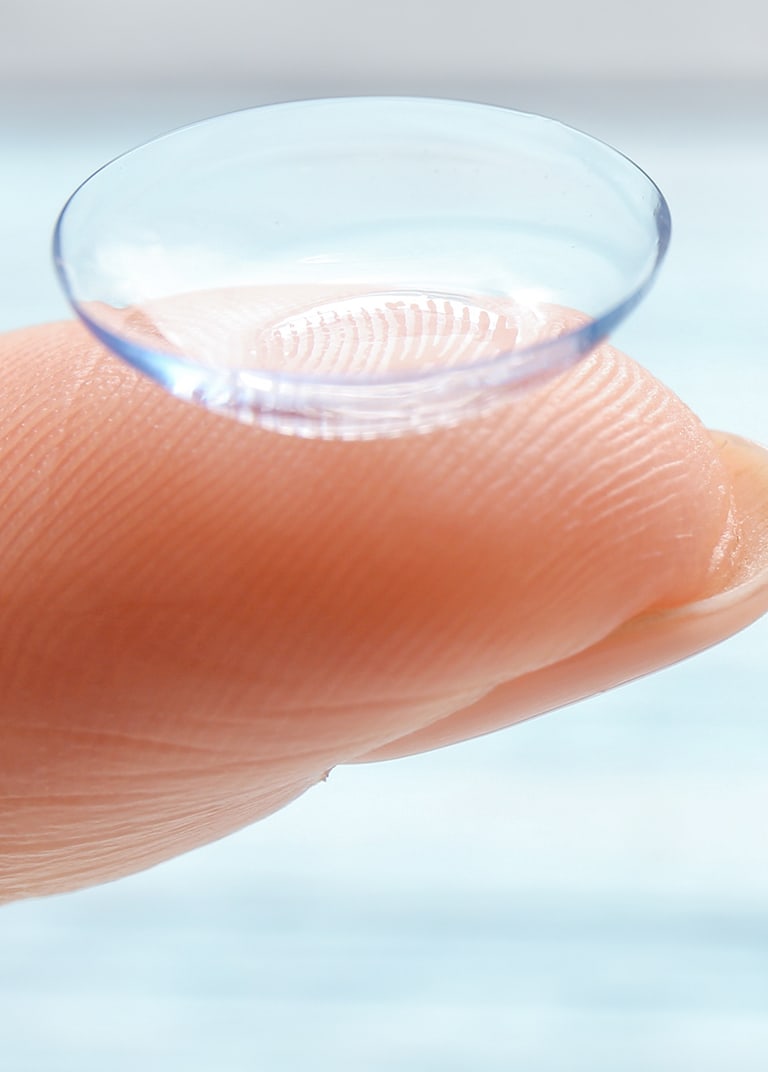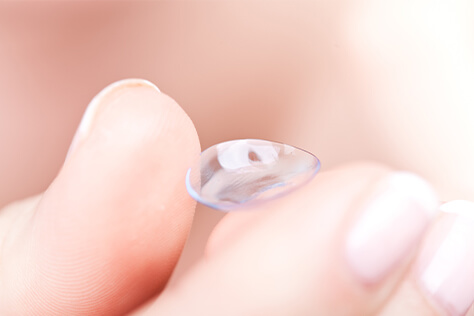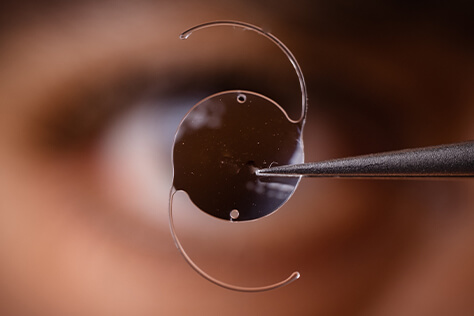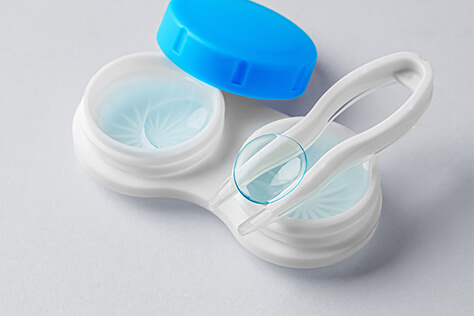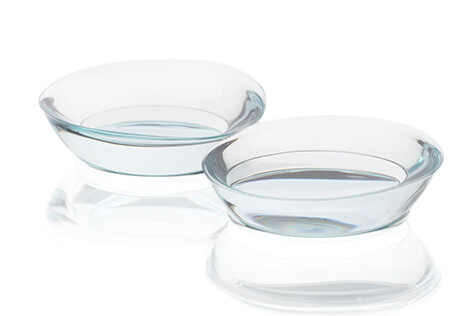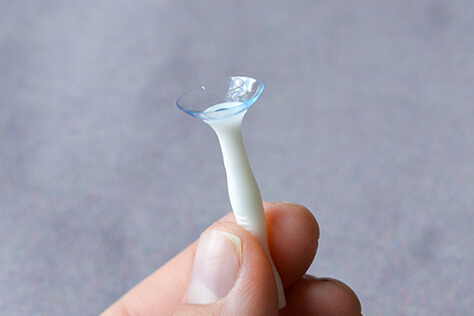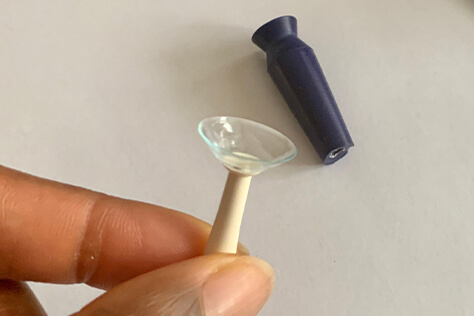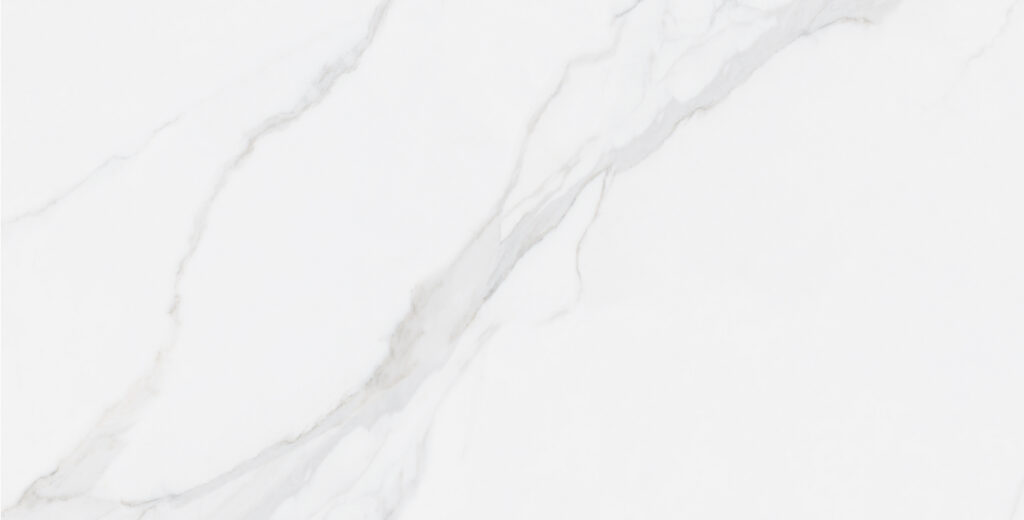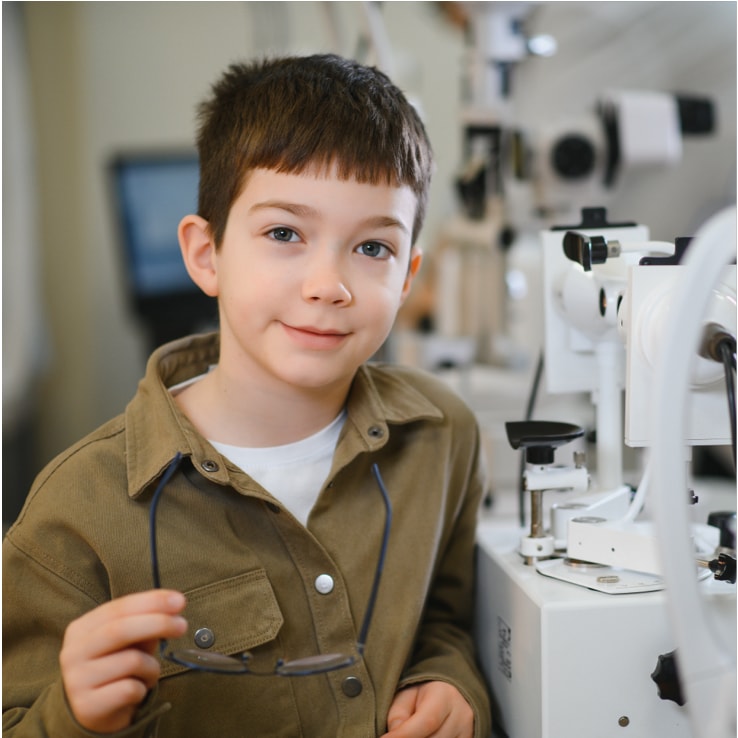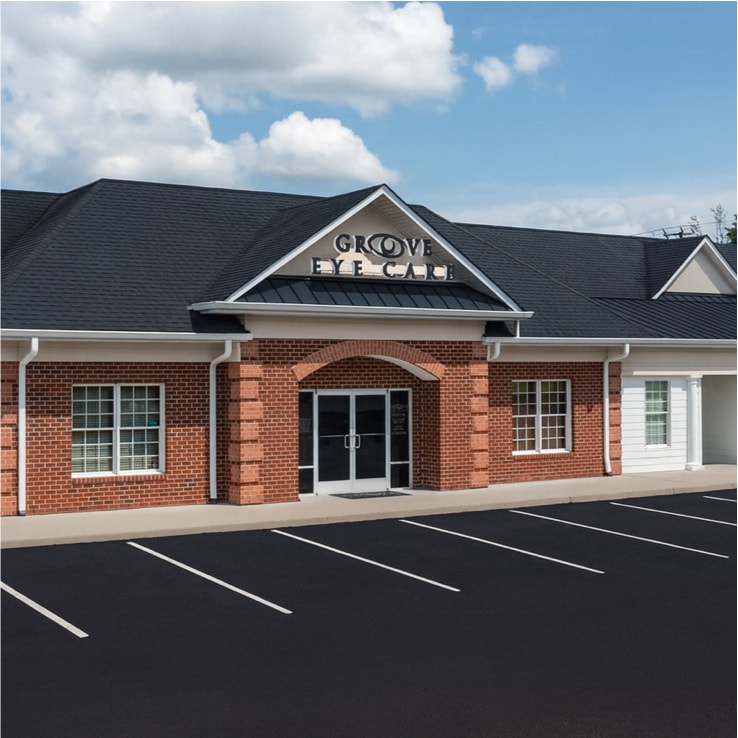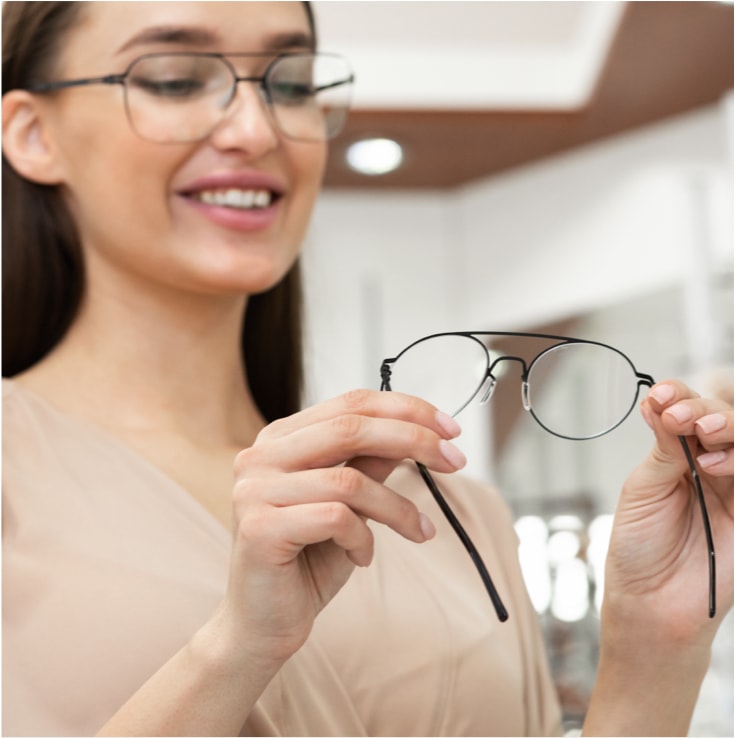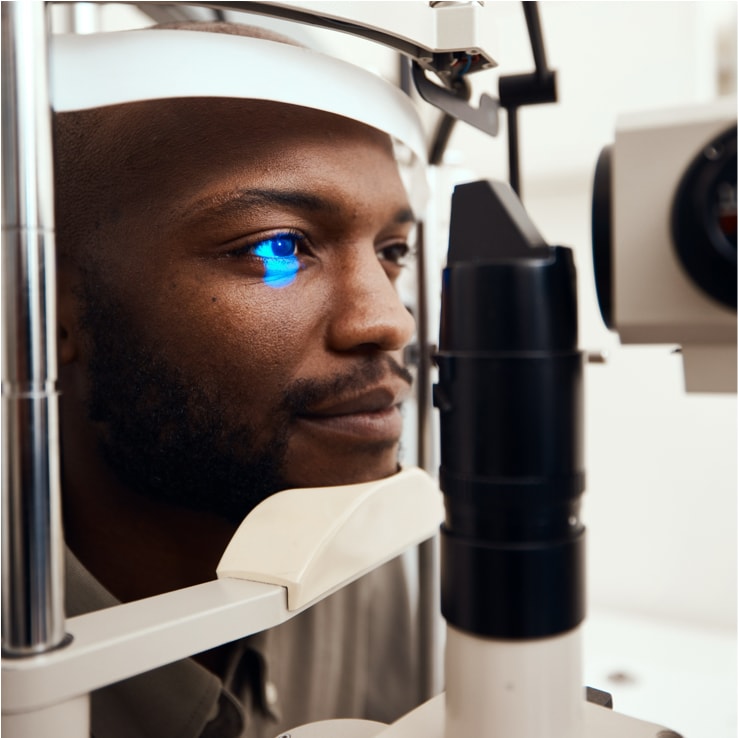
Personalized Comfort & Clear Vision
Your contact lens prescription isn’t the same as your glasses prescription. That’s why we offer dedicated contact lens exams and fittings, designed to help you see clearly and comfortably.
It takes personalized attention, precise measurements, and a deep understanding of your eyes and lifestyle to help you find the pair suited to you. Our experienced team is here to support you, whether you’re new to contacts or exploring specialty options.
Ready for lenses that fit just right? Schedule your next eye exam with us today!
Request AppointmentWhat to Expect During a Contact Lens Exam
A contact lens exam is more than just checking your prescription. We evaluate how lenses interact with your unique eyes. Here’s what to expect:
- Discussion of your lifestyle, goals, and previous lens experience
- Corneal topography to map the shape of your eye
- Trial lenses to test comfort and clarity when necessary
- Ongoing guidance to help you adjust to your lenses
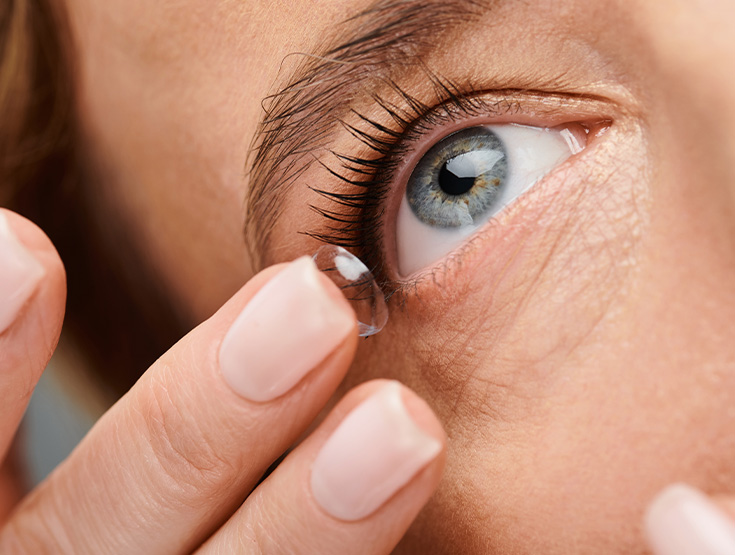

Contact Lens Modalities
We offer a wide selection of soft contact lens brands and manufacturers to accommodate a broad range of refractive needs. We’ll help you find the option that provides clearer vision and enhanced contrast for your lifestyle.
Some of Our Contact Lens Brands
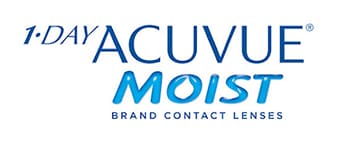
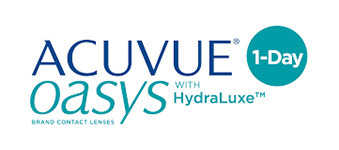
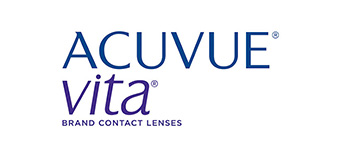
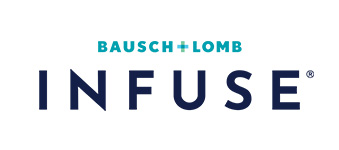
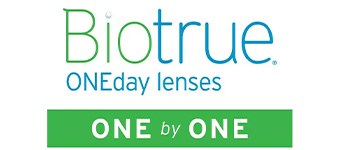

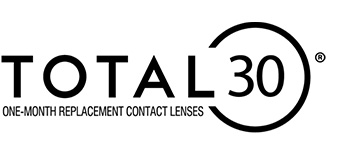
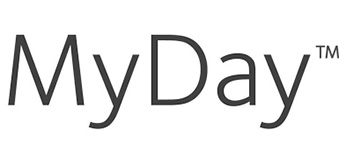
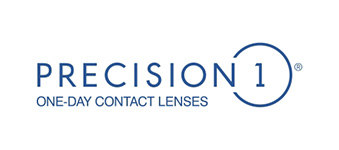
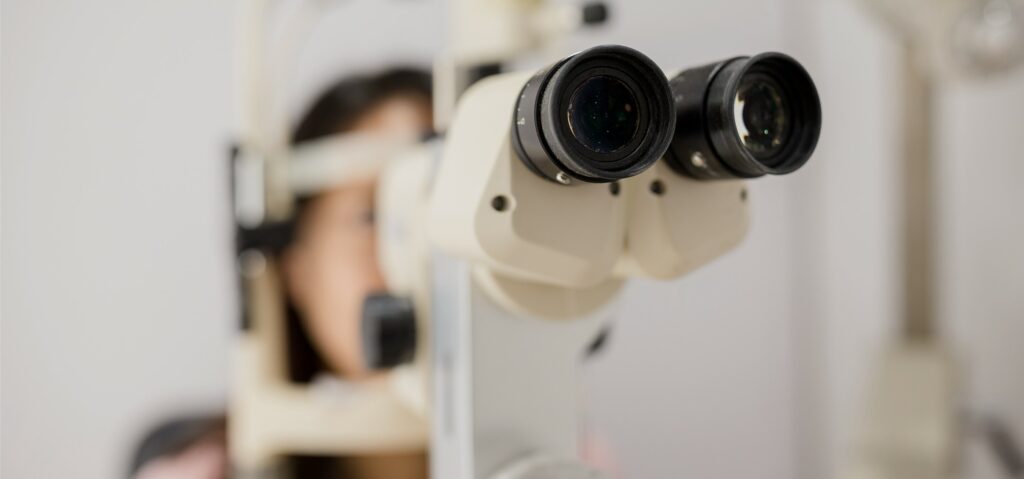
Richmond
Our Address
- 3601 Grove Ave
- Richmond, VA 23221
Contact Information
- 804-353-3937
- 804-358-1395
- frontdesk@groveeyecare.com
Hours of Operation
Midlothian
Our Address
- 14431 Sommerville Ct, Suite B
- Midlothian, VA 23113
Contact Information
- 804-888-8998
- 804-888-8999
- frontdesk@groveeyecare.com
Hours of Operation
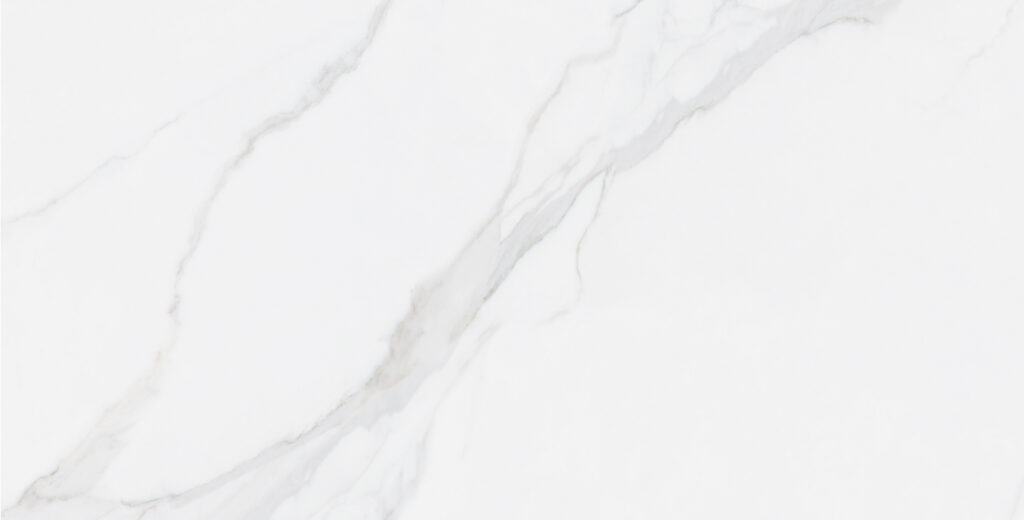
What Our Patients are Saying
Wonderful experience from my initial call through to making my next appointment! The office team are friendly, professional, efficient, and kind. Dr. Deese took the time to listen to my concerns, examine my eye, explain my treatment plan and answer any questions. He is super personable and clearly very knowledgeable. I highly recommend the practice!
Michele
I’ve been coming here for a few years, but my former eye doctor retired last year, so my most recent appointment was with Dr. Wong. He was very thorough. I appreciated him indulging all my questions about the purpose of each machine, as well as, how different parts of the eye function. Great, seamless appointment.
Peighton
Dr Parsons is delightful. I’ve been going to Grove Eye Care for many years and when my doctor retired I was thinking maybe I’d look for someone closer to my home. But after meeting her and her caring professional team, I decided to stay…and am very happy I did!
Kathie
Dr. Parsons has been taking care of me and my family for years. The staff is amazing and very welcoming every time that I visit. They have state of the art equipment and technology. Dr. Parsons takes the time to thoroughly examine my eyes and she explains what she is doing step by step. The entire office is very clean and the environment is awesome!
Chaz
Top Notch! I had very nice experience. All the staff were very professional. My appointment on time. I was treated with the upmost of care and respect. All the care I was given was explained step by step not just of tests, but the why they were being done. My doctor made sure I understood the purpose of my whole exam. I was blown away by the attention I received. I appreciate their care.
Johnie
This was my first visit to your office. Everyone was helpful, polite positive and seem to enjoy their jobs. The girls at the front desk were fantastic. One even let me borrow her air pump to pump up my motorcycle tire. The doctor and the assistant eye specialist were excellent. Everything was explained to me and done in a professional manner.
Steven


